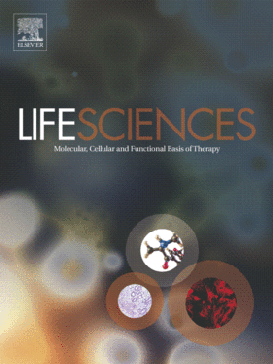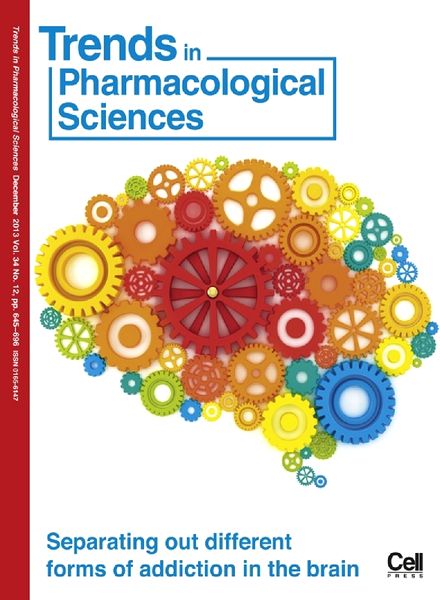
“In the last decades, the endocannabinoid system has attracted a great interest in medicine and cancer disease is probably one of its most promising therapeutic areas.
On the one hand, endocannabinoid system expression has been found altered in numerous types of tumours compared to healthy tissue, and this aberrant expression has been related to cancer prognosis and disease outcome, suggesting a role of this system in tumour growth and progression that depends on cancer type.
On the other hand, it has been reported that cannabinoids exert an anticancer activity by inhibiting the proliferation, migration and/or invasion of cancer cells; and also tumour angiogenesis.
The endocannabinoid system may be considered as a new therapeutic target, although further studies to fully establish the effect of cannabinoids on tumour progression remain necessary.”








